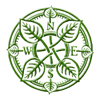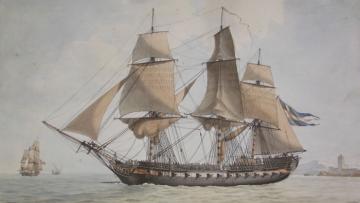
Quimper's Expedition of the Strait of Juan de Fuca

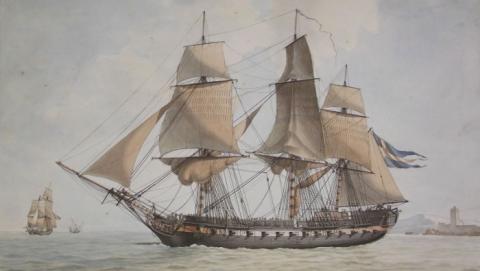
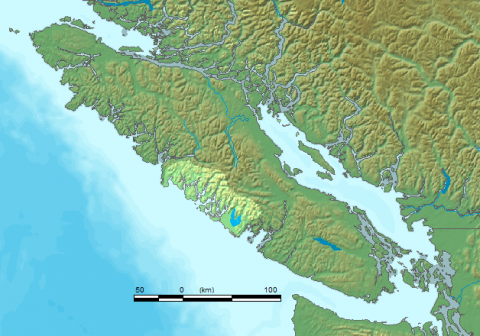
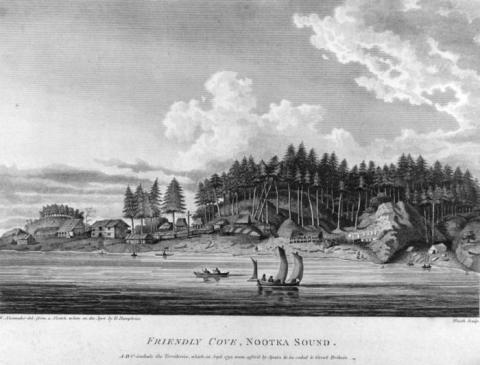
Spanish exploration of the Pacific Northwest began in 1774 with the voyage of Juan Perez, and end in 1793 with Francisco de Eliza. Within this time period, the Spanish's main objectives were to find the rumoured Atlantic Passage, create good relations with the indigenous peoples of various areas, and build a strong Spanish presence through settlements and Acts of Possession. However, the Spanish encountered difficulties, especially in Nootka, when their possession of land was challenged by the British.
The summer after the Nootka Crisis in 1789, Manuel Quimper, born in Lima, Peru, was ordered to explore the Strait of Juan de Fuca and surrounding areas. The Strait had not been previously properly charted, and because the Spanish had lost Nootka to the British, they were in need of another port. The port's main role would be to protect the Spanish's other settlements in what is now California and Mexico from the British and Russians.
Quimper's ideal port consisted of:
- Good water depth for anchoring ships
- Protection from the wind
- Room for passage for all sizes of ships
- Fertile soil and flat land
- Friendly indigenous people
Continue to follow Manuel Quimper's exploration of the Strait below:
Nootka
Clayoquot
Sooke Harbour Inlet
Esquimalt
Neah Bay
Haro Strait
In select areas, the Spanish preformed Acts of Possession.
